University of Michigan
Latest
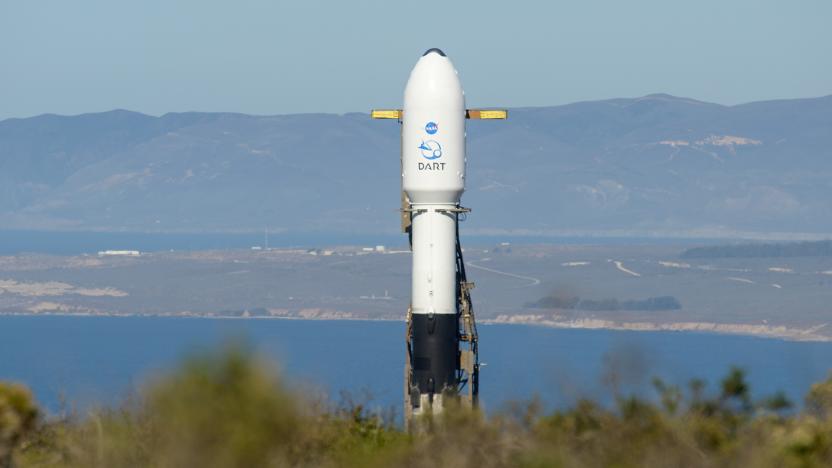
NASA helped find a security hole in spacecraft networks
NASA helped find a security flaw that could compromise the networks of spacecraft.

Fixing inefficient oil field flaring could drastically reduce methane emissions
Scientists have discovered that flaring during oil extraction lets more methane into the atmosphere than thought.
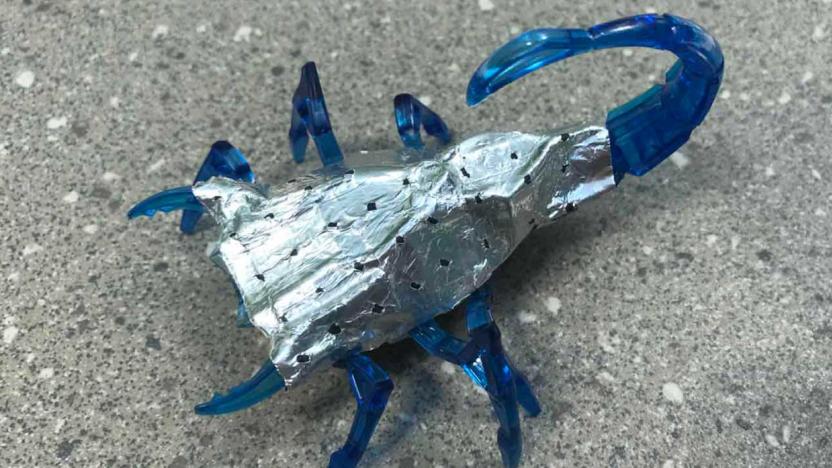
This super strength body battery is made with discarded Kevlar
Today’s robot-mounted batteries provide electrical power but at the expense of added mass that in turn requires added power to move and use. Lithium-Ion batteries can go for around 500 cycles without noticeably degrading, however zinc batteries begin to decline after just 100.

Study finds security holes in online voting for New Jersey and West Virginia (updated)
Researchers say they've found privacy and security issues in OmniBallot's online voting platform.
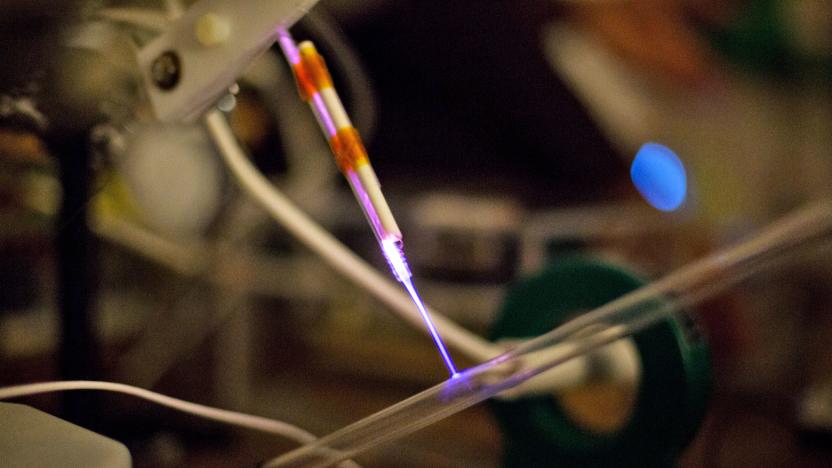
Portable 'cold plasma' wand prototype could destroy germs in seconds
Engineers from the University of Michigan created a plasma jet wand to disinfect hospital rooms.
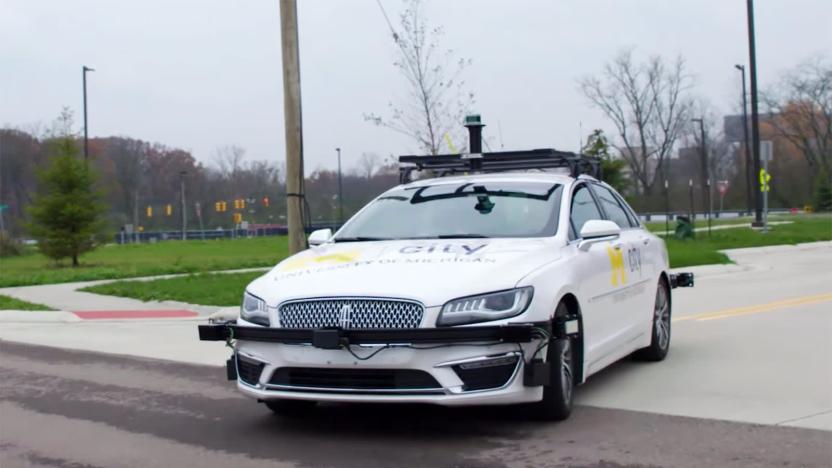
University of Michigan's self-driving car lab now runs on Verizon 5G
Verizon (Engadget's parent company) is continuing its very gradual 5G rollout, but this time it's more about the future of transportation than the phone in your hands. The carrier's 5G network is now live at the University of Michigan's Mcity test facility to provide a boost to connected self-driving cars. In theory, the combination of abundant bandwidth with low lag will help autonomous vehicles share crucial data with each other, city cameras and traffic lights to make more informed decisions. A car could receive word of a crash ahead in time to maneuver out of harm's way, or use traffic lights to warn pedestrians before they cross the street.

The evolution of cognitive architecture will deliver human-like AI
There's no one right way to build a robot, just as there's no singular means of imparting it with intelligence. Last month, Engadget spoke with Carnegie Mellon University associate research professor and the director of the Resilient Intelligent Systems Lab, Nathan Michael, whose work involves stacking and combining a robot's various piecemeal capabilities together as it learns them into an amalgamated artificial general intelligence (AGI). Think, a Roomba that learns how to vacuum, then learns how to mop, then learns how to dust and do dishes -- pretty soon, you've got Rosie from The Jetsons.

Meal kits might be better for the planet than a trip to the store
It turns out the meal kits you can have delivered to your door by services like Blue Apron, HelloFresh and even Walmart might be more than convenient. They could be better for the environment, too. It's a bit counter intuitive given all the packaging and delivery involved. But a study by the University of Michigan found that the carbon dioxide emissions tied to the average grocery store meal were two kilograms higher than those linked to most pre-packed options.

Scientists created a CRISPR tool that can wipe out longer pieces of DNA
An international team of scientists have developed a new CRISPR-based, gene editing tool. The researchers, led by the University of Michigan and Cornell University, compare the new tool to a shredder capable of wiping out long stretches of DNA. In comparison, previous CRISPR tools have been more like scissors that make individual snips. With the new method, scientists hope they might better understand various diseases and develop more advanced treatments.
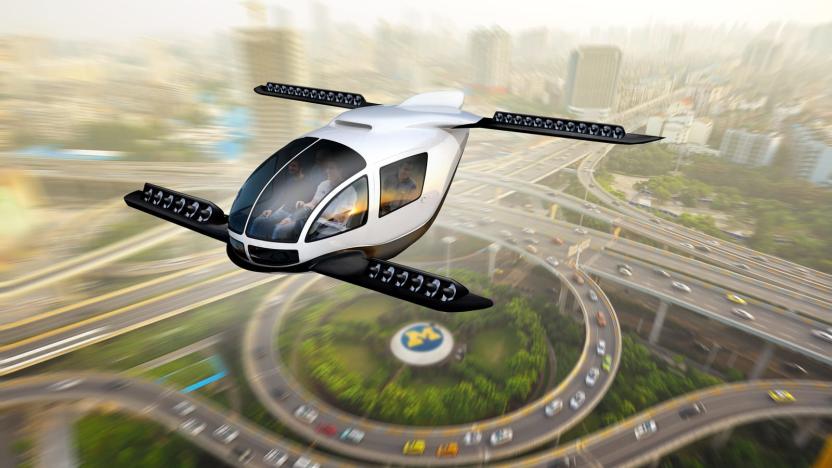
The reality of pollution kills your dream of a flying car
You might want to forget about fantasies of taking your own flying car to work, at least for now. The University of Michigan and Ford have published a study indicating that electric flying cars wouldn't be as environmentally sustainable as cars for commutes less than 22 miles. While the vehicles themselves would be clean, the high amounts of electricity needed to run those vehicles would have to come from power plants -- and many of those plants currently emit greenhouse gases.
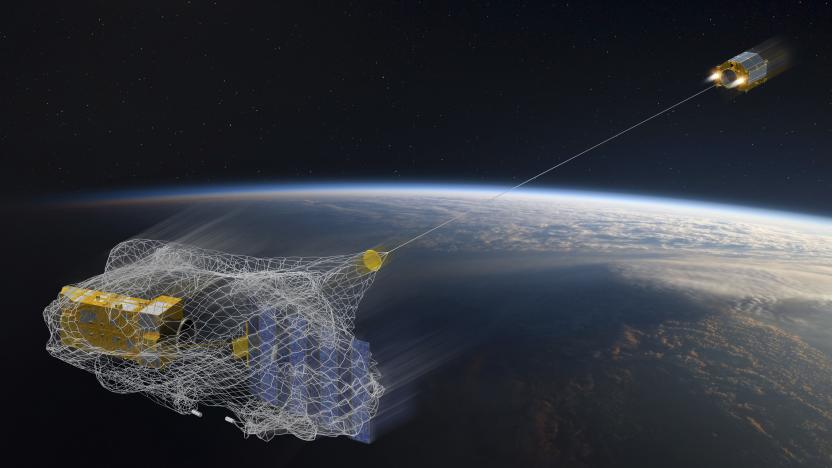
The robots that will sweep Earth's skies
After six years in space, China's first orbital station, the Tiangong-1 (aka the "Heavenly Palace") has finally outlived its operational limits and begun its descent to Earth. It's expected to re-enter the atmosphere in a few months, whereupon a majority of the 9.3-ton station should burn up before reaching the surface. This is how defunct satellites are supposed to be disposed of. Unfortunately, until very recently, that hasn't often been the case.

University of Michigan teams with Google to track Flint water crisis
Thanks to the prolific ineptitude of elected officials, the water in Flint, Michigan has been tainted with lead and undrinkable for more than a year. And while the federal government has, just last week, finally gotten around to earmarking $170 million for infrastructure improvements in the blighted city, tangible relief for its residents is still months if not years away. A new app developed by the University of Michigan with backing by Google will help those living in Flint track the rebuilding progress.

Kirigami-inspired solar cells can track the sun without motors
Researchers at the University of Michigan announced on Wednesday that they have developed a method of keeping solar cells turned toward the sun without the need for heavy and energy-hungry motors. Their method is based on the Japanese art of Kirigami -- like origami but with cuts in addition to folds. The team's panel is printed on a flexible kapton substrate which has dash-like cuts running across its surface. When stretched, the panel forms a mesh with each section twisting slightly. The degree of twist, which will allow the panel to follow the path of the sun, depends on how much the panel is stretched. "The design takes what a large tracking solar panel does and condenses it into something that is essentially flat," Aaron Lamoureux, lead author on the paper published in Nature Communications, said in a release.

IRL: How the University of Michigan failed to cure my jetlag
I'm not complaining about my life, but one of the downsides of international travel is that it's an in-and-out process. That means I land, scratch together a few hours of fitful sleep and then dive head-first into the breakneck pace of covering a trade show. By the time I've adapted to a new time zone, it's time to pack up and go home. That's why an app called Entrain from the University of Michigan was such an exciting prospect, since it promised to help my circadian rhythms resume normal operation in record time and hopefully make those first few days a little less painful

Researchers developing reactor powered by nuclear waste
Nuclear energy could have curbed C02 emissions long ago if not for one problem: the waste is toxic for over 100,000 years. That's quite a commitment for humanity, but Hitachi thinks it has the answer: burn the spent fuel in small reactors to generate more power. That would produce manageable waste that would be harmless in a mere century or so. Hitachi has been studying such reactors for awhile with GE, and has enlisted MIT, the University of Michigan (U-M) and University of California, Berkeley (UCB) for the next phase. The goal is to re-purpose existing boiling water reactors (RBWRs), so that their turbines, safety systems and other components could be reused. Researchers could then focus on the core tech needed to burn highly refined "transuranium elements," aka spent nuclear fuel. They've enlisted the three schools to jointly analyze the safety and performance of potential core designs, with the aim of eventually building a test reactor. Commercialization is probably decades off, but the way toxic waste is building up, they may want to hustle it along.

University of Michigan will open fake city to test self-driving cars this fall
The University of Michigan will open the doors to its unique Mobility Transformation Facility this fall to test automated and wirelessly connected vehicles. The 32-acre research center will give researchers at the school access to roadways, a four-lane highway, city streets with road signs and street lights, roundabouts and all manner of road surfaces. For a dash of fun, pop-up pedestrians and mechanized bikes add a bit of motion to the mix to simulate any of a million worst-case scenarios. Street lights, for example, could be programmed to turn completely off and bicycles could unexpectedly roll out from between parked cars.

University of Michigan's Computer and Video Game Archive houses over 3,000 different games, roughly 35 unique consoles (video)
Systems such as the ColecoVision, TurboGrafx-16 and 3DO may have been ousted from most home entertainment centers long ago, but they still have shelf space at the University of Michigan's Computer and Video Game Archive. Slashdot caught up with Engineering Librarian and Video Game Archivist Dave Carter and took a look inside the repository, which has curated around 35 classic and current-gen platforms and more than 3,000 different games. Having "one of everything" is the project's ultimate goal, but the logistics of acquiring every new game make achieving that feat a stretch. "Our realistic goal is to be sort of representative of the history of video games, what was important -- what was interesting," Carter said. "And then, not only to preserve the games, but also to preserve the game playing experience." As a "useable archive," patrons of UM's library can dig in and play at different stations with era-appropriate monitors and displays. While many visit for leisure, students have used the resource to research topics ranging from music composition to the effects of texting while driving (using an Xbox 360 racing title and steering wheel peripheral, of course). You can catch a glimpse of the collection in the video below or visit the archive's blog at the more coverage link.

University of Michigan connects 3,000 cars for year-long safety pilot
Road safety continues to be a major concern for both researchers and car makers alike. Yesterday saw yet another real-world trial kicking off, this time on a much grander scale. A total of 3,000 vehicles in Ann Arbor, Michigan are taking part in a 12-month project run by the state's Transportation Research Institute. The vehicles have Dedicated Short Range Communications and video recording facilities, which means the cars can communicate with each other, traffic signals, and share data to a central platform -- which in turn issues warnings when high risk situations, or if traffic problems occur. Of course, this trial will also create a massive data set, which researchers will be able to plunder, and help the National Highway Traffic Safety Administration (NHTSA) better determine the viability of such systems. So while it's unlikely to lead to self driving cars just yet, it's a step in the right direction.

Ford, GE and University of Michigan team up on sensor to track EV battery life, keep us on the road
Believe it or not, EV battery life is still something of a Pandora's Box, even for automakers: they can tell you the battery pack's current and voltage, but not how it's really performing under pressure. Ford, GE and the University of Michigan are uniting to unlock that mystery through a new ARPA-E project. In its role, GE is developing a minuscule sensor array that will track the nuances of battery cells that existing technology misses; it will promptly hand the baton to researchers at the University of Michigan, who plan to both prove that GE's data is on the mark as well as develop tricks for predicting behavior. Ford handles the last mile, almost literally: it's planning to fit the GE sensor technology to one of its cars and test in a more realistic environment. Before you fantasize about knowing the lifespan of your Focus Electric's battery down to the minute, however, the new alliance is stressing that it's only just getting started -- there's another three years and $3.1 million to go before the project wraps up. If all goes according to plan, though, we'll have electric cars and plug-in hybrids that can not only tell when they've seen better days but can eke out extra miles through smarter battery designs.

Alt-week 7.28.12: social mathematics, Pluto's moons and humans-on-a-chip
Alt-week peels back the covers on some of the more curious sci-tech stories from the last seven days. It's a beautiful world we live in. And, while the sweet and romantic part is debatable, strange and fantastic is not. Our universe is one populated by non-planetary celestial bodies with their own non-planetary satellites, high school social hierarchies based on predictable mathematical formulas and military-funded "gut-on-a-chips." It's a weird place filled with weird stories, and we just can't get enough of it. So, what has the last seven days brought us from the fringes of science and tech? Keep reading after the break to find out. This is alt-week.








